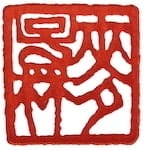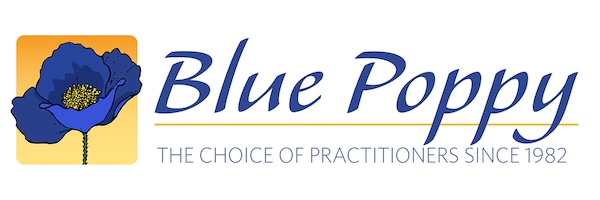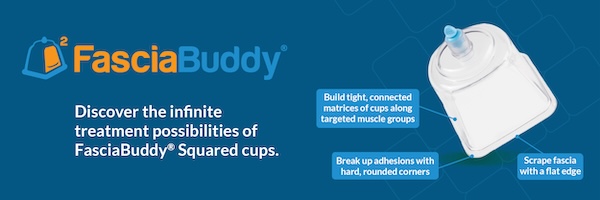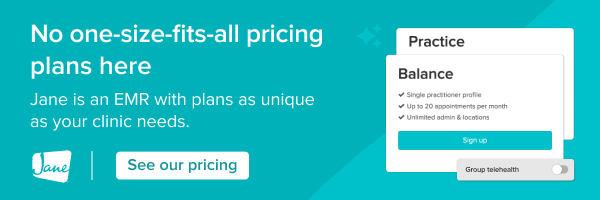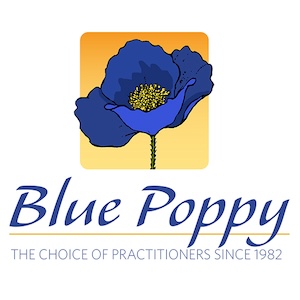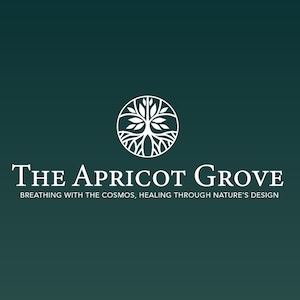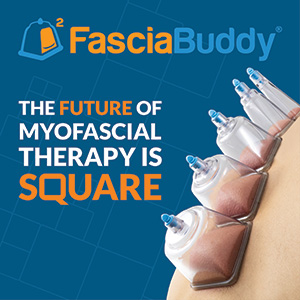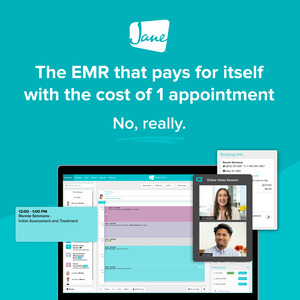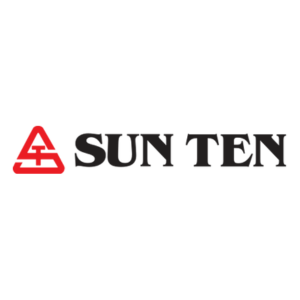Our tools don’t just expand our faculties. They change what we can do by training our physical and cognitive senses. They temporarily become part of who we are. In a sense—we are the tool in our clinical work. We act as a kind of both filter and mirror for our patients, and help them tap into latent resources they did not know they had.
In this conversation with Gary Klepper, we investigate the idea of perceiving the Teishin as a listening post to amplify our attention and how to interpret and utilize that sensory stream of information within clinical settings. We also explore the topic of cultivation, working from home, and how online tools help open up new lines of communication to facilitate the practitioner-patient relationship.
Listen into this discussion on cultivating a personal relationship with the Teishin along with the other tools of our clinical trade, the role of the practitioner, and changing with the times.
In This Conversation We Discuss:
-
Gary’s winding path to the world of acupuncture – chiropractic medicine, cranial osteopathy, German biological medicine, and the teachings of the Shang Han Lun.
-
The importance of self-cultivation
-
Being an enthusiast and student of the Teishin – “A Teishin is not an inanimate object; it’s a partnership.”
-
Techniques as ways of reducing the amount of clumsiness.
-
Your tools as listening posts.
-
Offering value to our patients by being present enough to connect with them
-
Using tools to amplify our attention
-
Over-treatment and getting to the root of a problem.
-
Changing with the times in practice.
-
Having a home clinic – The relationship with time and space
-
An interesting conversation on mushrooms – Reishi Tequila?
-
Treating people at a distance – The impact of COVID, Zoom calls consultations, etc.
In the first years of practice, the most important thing is to gain knowledge and experience. Later in practice, the most important thing is self-cultivation.
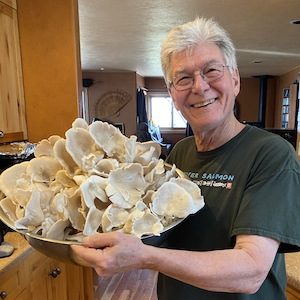 I graduated from National College of Chiropractic in 1978.
I graduated from National College of Chiropractic in 1978.
The first 10 years of practice involved learning, using, and teaching the chiropractic techniques of Applied Kinesiology (first 4 years were an internship with George Goodheart, the originator of AK) and Clinical Kinesiology. This allowed me to get feedback from the body and to learn that health is not strength but fluidity.
The next 20 years of practice were a deep dive into studying Chinese medicine/Japanese Meridian Therapy with Miki Shima as my main mentor, as well as developing Osteopathic listening skills, having the good fortune to study under teachers from the lineages of Roland Becker, Anne Wales, and Jim Jealous. The skills from Osteopathy have greatly informed my acupuncture practice.
Starting in 92, I went deeply into German Biological Medicine, practicing and teaching the glories of that very diverse system. Miki Shima convinced me in 2002 that the homotoxicology model from German Biological Medicine is nothing but Shang Han Lun filtered through a linear mind and applied to homeopathy. This brought me eventually into much deeper study of Shang Han Lun and Neijing, although entering through the back door.
My practice, which has been out of the home since 1994, is now a combination of naturopathic, classical Chinese, and Japanese meridian therapy. I only occasionally insert needles, greatly preferring the teishin, and I use tons of moxa, both direct and Ontake. My current most influential teachers are Koei Kuwahara and Ed Neal.
